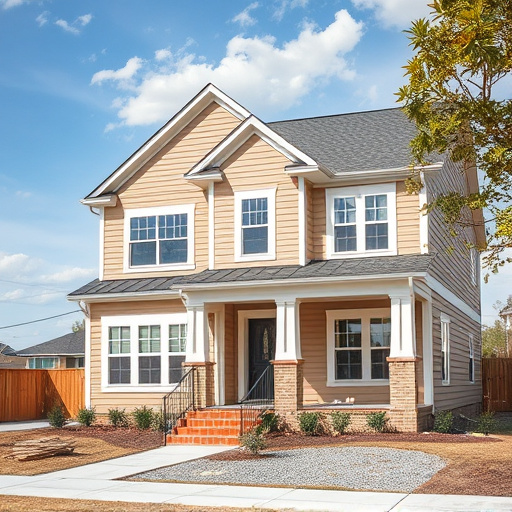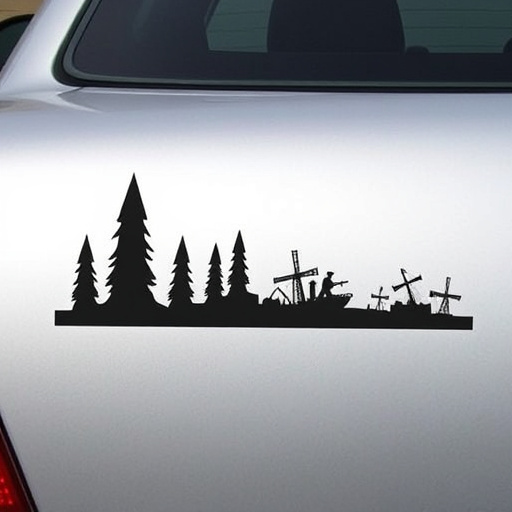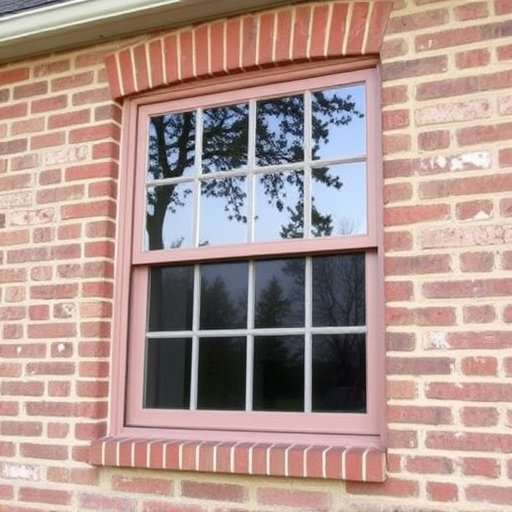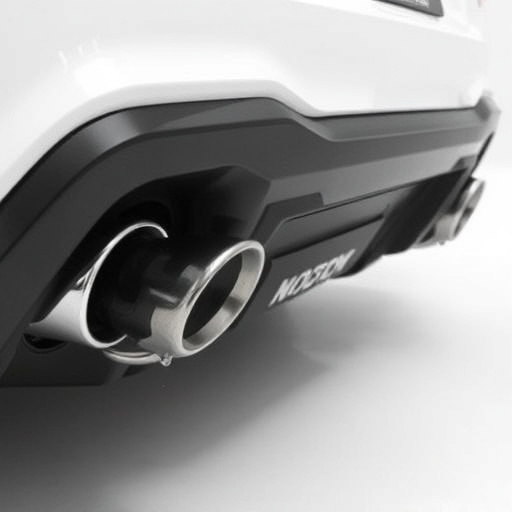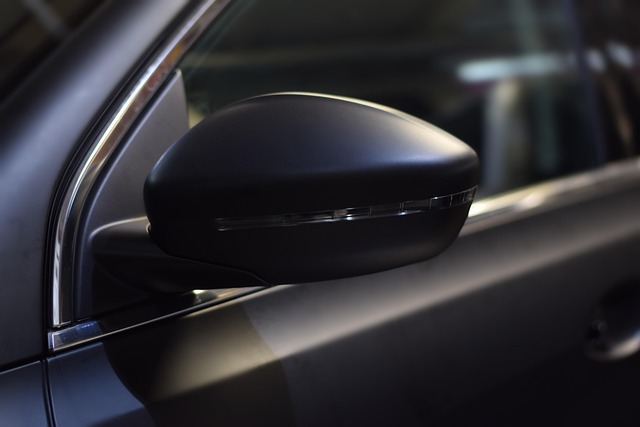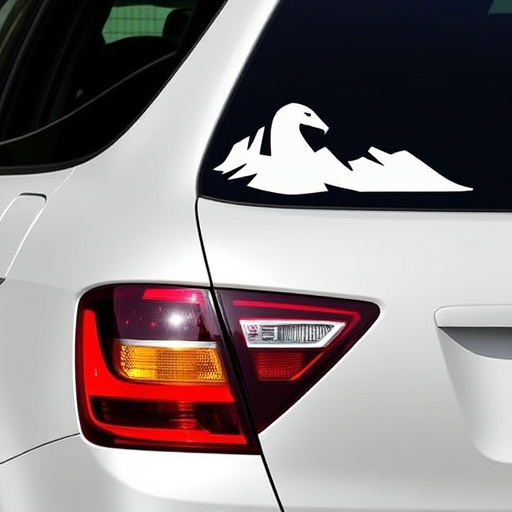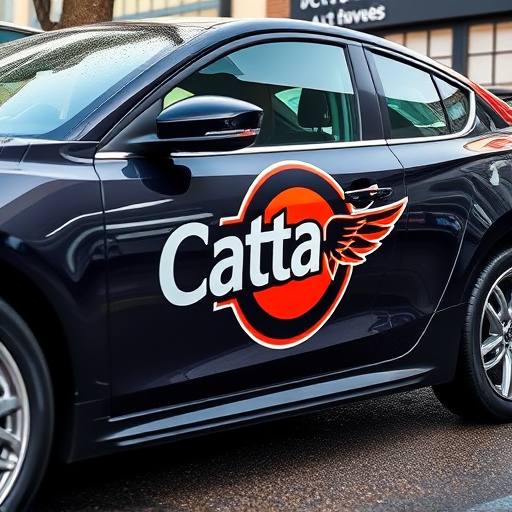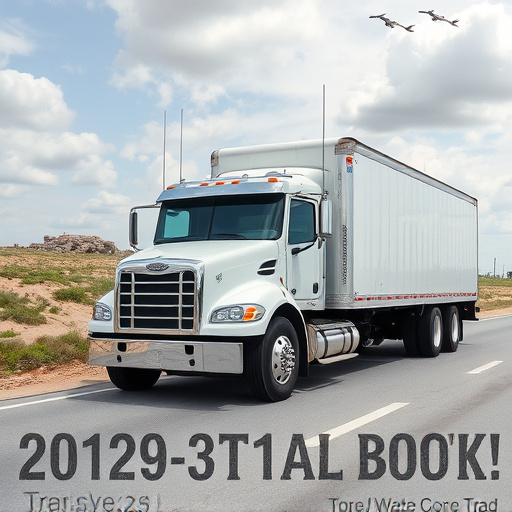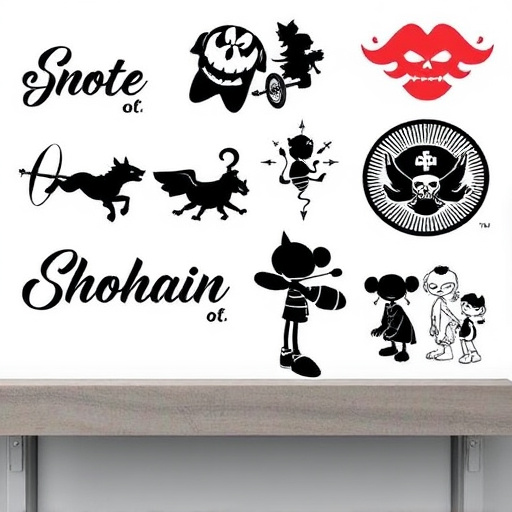Successful brochure design printing for vehicle wraps and window tinting focuses on understanding car owners' aesthetic and protective needs. Balance visuals and text with strategic image placement, ample white space, concise writing, and integrated design elements like wraps or tints to capture attention and convey value. Ensure durability with high resolution (300 DPI), thicker paper (120#-140%), and suitable finishes based on target audience and message.
In the realm of marketing, a well-designed brochure can be a game-changer. To ensure your brochures make a lasting impression, understanding best layout practices is crucial. This article navigates the key aspects of brochure design printing, from gauging your target audience to selecting the right paper types. By balancing visuals and text effectively and prioritizing print quality, you can create engaging brochures that leave a lasting impact.
- Understanding Target Audience for Effective Brochure Design
- Balancing Visuals and Text: Key to Engaging Layout
- Choosing Print Quality and Paper Types for Durability
Understanding Target Audience for Effective Brochure Design

Knowing your target audience is half the battle won when it comes to brochure design printing. Effective brochure design goes beyond aesthetics; it’s about creating a tailored experience that resonates with your intended viewers. Before you start laying out images, text, and calls-to-action, consider who you’re designing for. For instance, if your focus is on promoting vehicle wraps or window tinting services, your audience will be car owners looking for aesthetic enhancement and protection. This knowledge should influence the design’s color scheme, font choice, and imagery—all elements that contribute to a compelling visual narrative.
Understanding your audience allows you to create content that addresses their needs, interests, and pain points. For businesses offering vehicle protection services, highlight how your products safeguard against the elements or add value to the car’s overall appearance. This strategic approach ensures that your brochure design printing is not just visually appealing but also communicates a clear message, increasing the likelihood of capturing your audience’s attention and converting them into customers.
Balancing Visuals and Text: Key to Engaging Layout

In brochure design printing, balancing visuals and text is a delicate art that significantly enhances engagement. The primary goal is to create a layout where each element complements the other, ensuring neither overpowers the other. Visuals, such as high-quality images, graphics, and illustrations, should be strategically placed to capture attention while leaving ample white space to prevent clutter. Text, on the other hand, must be concise, clear, and well-organized, guiding the reader’s eye through the brochure.
This balance is crucial in conveying information effectively without overwhelming potential customers. Incorporating design elements like window tinting, heat rejection films, or even vinyl wraps can add depth and visual interest while maintaining readability. By thoughtfully integrating these secondary features, designers can create a brochure that not only captivates but also communicates key messages about products or services, ensuring a memorable printing experience.
Choosing Print Quality and Paper Types for Durability

When designing a brochure for printing, selecting the appropriate print quality and paper types is essential to ensure durability and make a lasting impression. High-quality printing involves choosing the right resolution settings, ensuring sharp images and precise text reproduction. For brochures, a minimum resolution of 300 dots per inch (DPI) is recommended to achieve crisp visuals that can withstand handling and multiple viewings.
The paper selection process should consider both aesthetics and practicality. For durability, opt for thicker papers like 120# or 140# weight, which offer better resistance to tearing. Textured or coated finishes can also enhance the brochure’s visual appeal, especially when paired with vibrant colors. Consider the target audience and the message you wish to convey; for instance, a brochure promoting vehicle protection services might benefit from a high-gloss finish that showcases the shine of cars, while a travel guide could use a matte finish that feels more substantial in hand, evoking a sense of reliability, much like a trusted window tinting service.
In conclusion, crafting an impactful brochure design for printing involves a strategic blend of understanding your target audience, balancing visuals and text, and selecting the right print quality and paper types. By adhering to these best layout practices, you can create engaging brochures that effectively communicate your message and leave a lasting impression. Optimize your brochure design printing with these key considerations to ensure your marketing efforts resonate with your audience.

